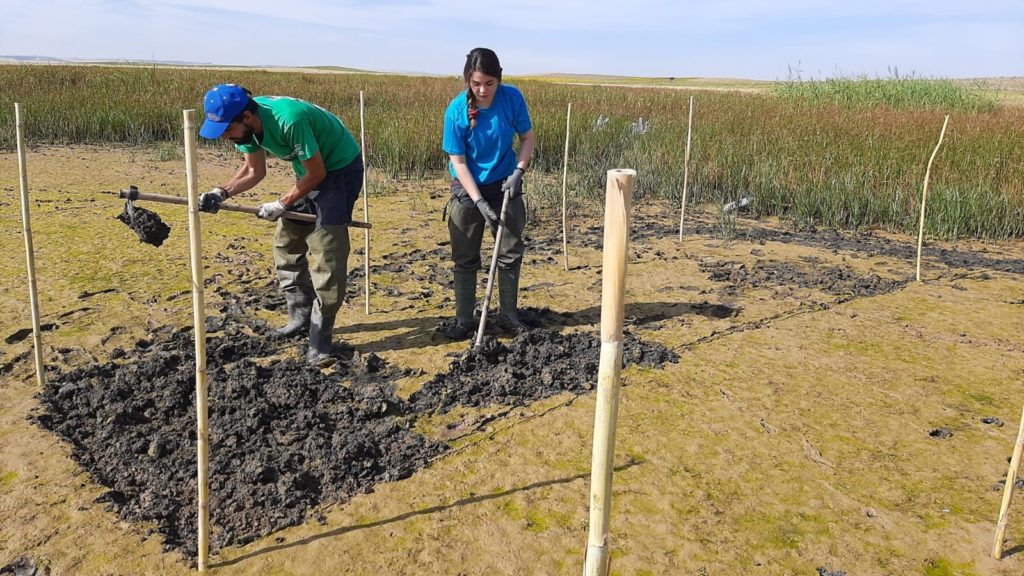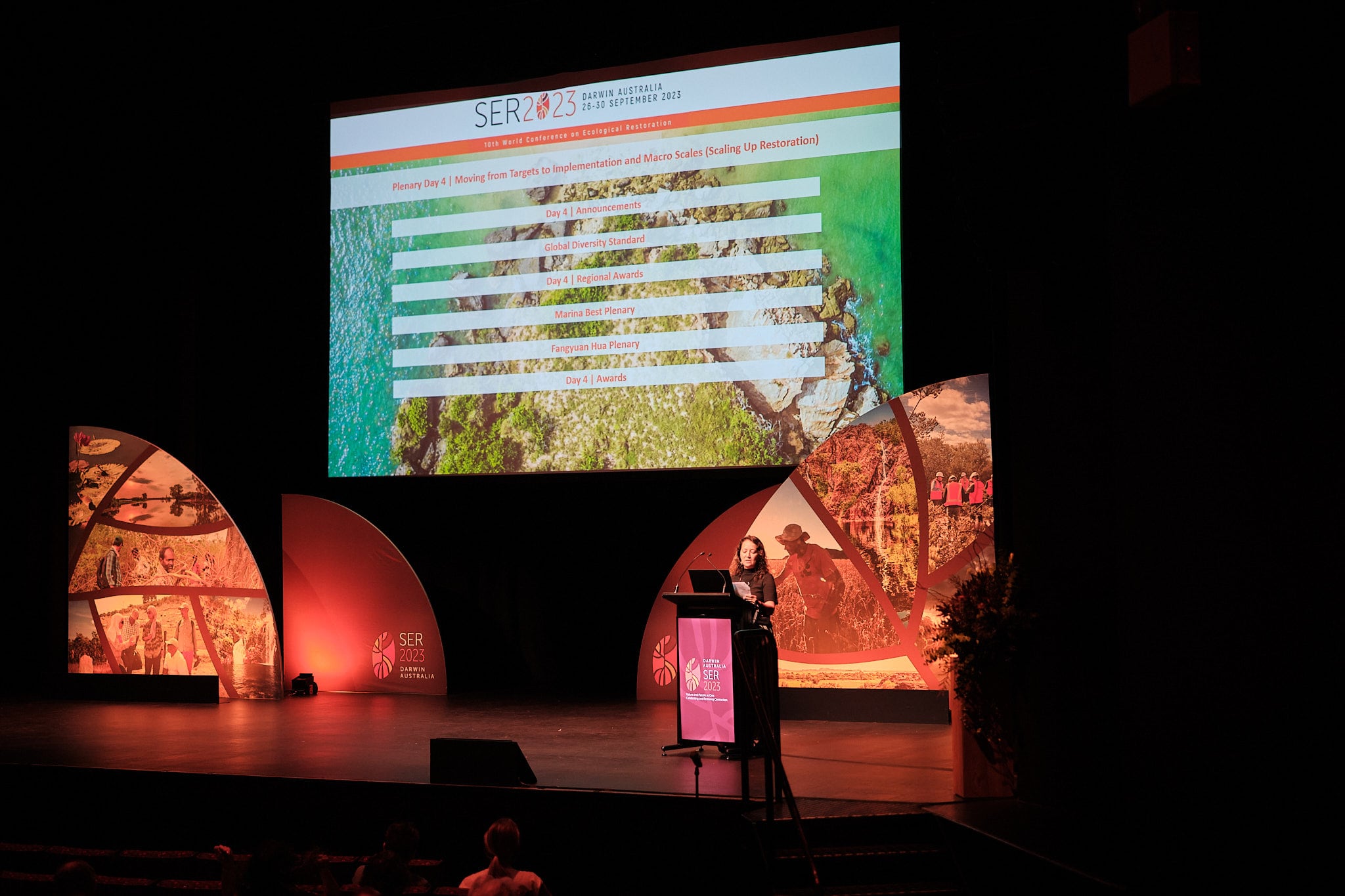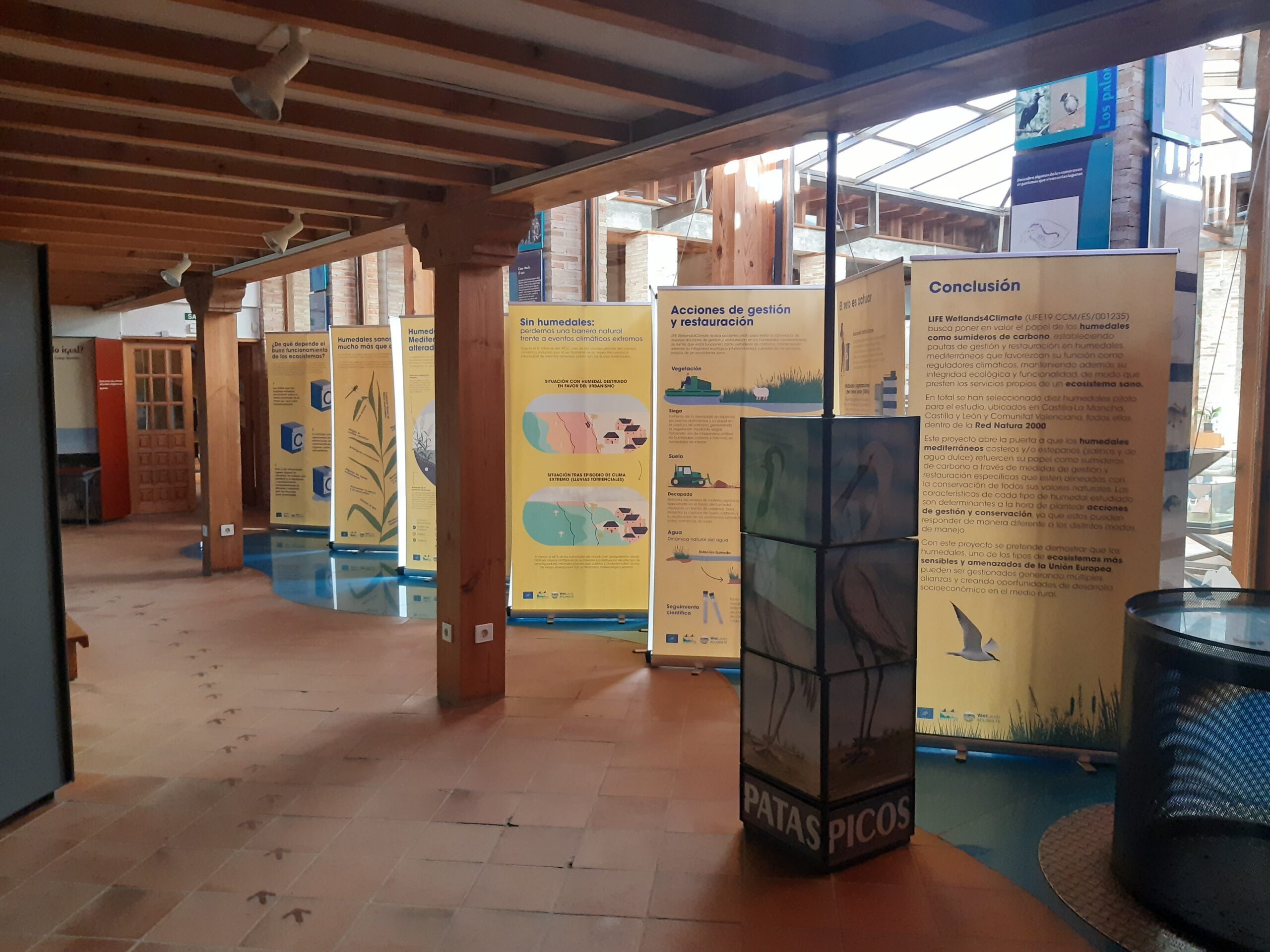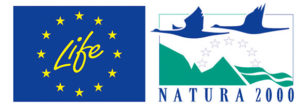On the 28th of July and the 3rd of August, FGN and UVEG technicians restarted the field work in the Castilla y León and Castilla- La Mancha wetlands. This fourth visit was for, on the one hand, characterise the pilot wetlands and select the corresponding work plots. On the other hand, the obtaining of bio-indicators and diagnosis in the working wetlands has continued, in relation to carbon fixation with respect to their current state of conservation and management methods. Thanks to these measurements, taken on each visit, it is possible to monitor the indicators of each of the working ponds over time, and also to analyse their seasonal variations.

The novelty of these field working days has resided in the beginning of other conservation actions different from those previously carried out in the experimental plots of the project: “fangueo” and pickling. Both are soil management actions likely to influence carbon sequestration/emission balances. In both La Nava and Boada lagoons (Palencia, Castilla y León) and in the lagoon of Manjavacas (Mota del Cuervo, Cuenca), new control and experimental plots have been delimited for both actions, using plant canes for this purpose.
The plots have also been delimited creating a kind of corral to avoid that, during the natural process of flooding of the lagoons, an excessive accumulation of sediments may alter the values of the processes that will be quantified throughout the monitoring process.

“Fangueo” is a conservation action for soil management (without water) on the surface of the lagoon, which consists on removing the soil in a way that crushes the possible existing vegetation at the same time as aerating the land surface layer.

Pickling, on the other hand, is another soil management action (also on the surface without water) that favours the wetlands conservation. In fact, it has been demonstrated through other projects that this action is the most effective for the best conservation of these lagoons in the long term. It consists on removing the accumulation of organic matter and dead vegetation accrued over decades from the first centimetres of the soil. The rhizomes of the plants would also be eliminated with this practice, thus delaying their reoccupation. The conditions of humidity, structure and topography of the terrain would have a significant influence on the effectiveness of this action.

With the aim of giving continuity to this action during the next months of the project, after this field works, the monitoring of this action will continue. In the following field incursions, data will be taken and bio-indicators will be obtained, in addition to the plots already delimited previously, in these new experimental plots dedicated to the “fangueo” and pickling.




